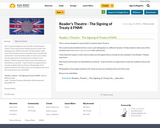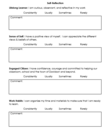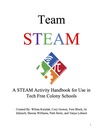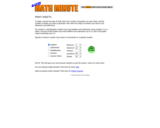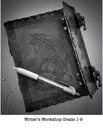
This plant-rooted program contains 6 distinct activities. Students will have the chance to exercise their creativity through botanical drawing and creating a classroom herbarium by pressing and preserving plant specimens. They will learn about plant journeys: from farm to table, and seed dispersal. Finally, they will get to know trees, inside and out, from species identification to age rings.
The Power of Plants is a collection of six complete lesson plans that raises awareness about the importance of biodiversity in everyday life.
o Lesson 1: Two classes - Students will explore these different art forms by creating two artworks using the same plant as a reference. Artists’ statements will express the intentions and design decisions inspired by the art form and floral specimen.
o Lesson 2: - One week - Students will collect and preserve plant specimens to create a class herbarium and explore the different uses for a herbarium.
o Lesson 3: Three classes - In this activity, students will explore some mechanisms used by plants to disperse their seeds by creating model fruit and evaluating the relationship between the fruit’s structure and its dispersal ability.
o Lesson 4: Five classes - Students will explore the concept of “food miles”, visit a farm, farmer’s market, or grocery store and write a newspaper article or editorial summarizing their findings.
o Lesson 5: Four classes - Students will examine the leaves, identify the species, make bark rubbings, measure girth, calculate age, and approximate the height of a single tree. Tree profiles are then collected to create a class encyclopedia.
o Lesson 6: One class - In this activity, students will examine tree rings and discover the secrets preserved within its growth rings.
To access this resource in French, visit https://www.biodiversityeducation.ca/ressources-francaises.html.
- Subject:
- 21st Century Competencies
- Arts Education
- Education
- Elementary Education
- English Language Arts
- Science
- Visual Arts
- Material Type:
- Activity/Lab
- GAP 6
- Lesson
- Unit of Study
- Author:
- Biodiversity Education and Awareness Network (BEAN)
- Royal Ontario Museum
- Bethany Kempster
- Date Added:
- 05/18/2023
